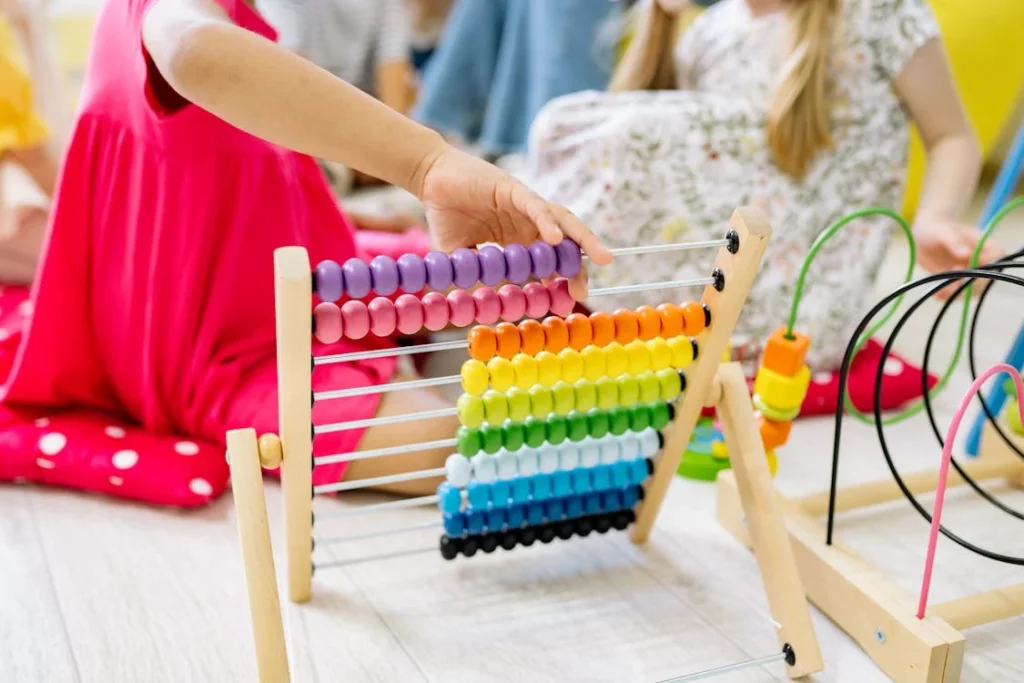The Evolution Wooden toys have been a part of human history for thousands of years, evolving along with societies and their values. From simple carved figures to sophisticated, educational toys, these timeless items have shaped childhood play across the ages. Here’s a look at how wooden toys have evolved over the centuries and why they remain beloved today.

1. Ancient Beginnings: Wooden Toys as Early Symbols of Play
The earliest wooden toys date back to ancient civilizations, where they served not only as playthings but also as educational tools. Archaeologists have discovered wooden figures, dolls, and animal carvings from ancient Egypt, Greece, and Rome, indicating the universal appeal of wooden toys. These early toys were simple yet sturdy, teaching basic motor skills and often reflecting cultural beliefs.
- Key feature: Simple designs and hand-carved details symbolized cultural stories and values.
- Why it matters: Wooden toys have always been tools of both entertainment and education.
2. Middle Ages: Miniature Models and Social Roles
In medieval Europe, wooden toys took on new forms, often modeling everyday life. Miniature wooden houses, farming tools, and dolls became popular, reflecting the social roles and occupations of the time. These toys were handmade, often passed down through families, and provided children with a way to explore adult responsibilities in a safe, playful setting.
- Key feature: Toys began to mirror daily life, encouraging role-play and learning.
- Why it matters: Children learned about their communities and cultural roles through play.
3. The Renaissance: Craftsmanship Meets Play
The Renaissance period saw advancements in craftsmanship that impacted the design of wooden toys. Skilled artisans began creating more intricate toys, including beautifully carved animals, soldiers, and wagons. Wooden toys of this time displayed fine artistry and detail, making them both toys and collectible pieces.
- Key feature: Increased artistry and sophistication in toy design.
- Why it matters: Playthings became symbols of quality and family heirlooms due to skilled craftsmanship.
4. Industrial Revolution: Mass Production and Accessibility
The Industrial Revolution brought major changes to the production of wooden toys. With the rise of factories, wooden toys became more affordable and accessible to a broader audience. New techniques allowed for the mass production of items like building blocks, trains, and puzzles. This period marked a turning point, with wooden toys becoming a staple in households worldwide.
- Key feature: Mass production made toys more affordable and standardized.
- Why it matters: Wooden toys became widely available, fostering educational play for more children.
5. 20th Century: Educational Focus and Montessori Influence
The 20th century brought a renewed focus on educational toys, spurred by the Montessori and Waldorf education movements. These philosophies emphasized toys that fostered independent learning, sensory development, and creativity. Wooden toys were seen as ideal for this purpose, leading to the creation of building blocks, stacking toys, and shape sorters designed specifically to aid in children’s cognitive development.
- Key feature: Educational toys like building blocks and puzzles gained popularity.
- Why it matters: Wooden toys supported educational philosophies that emphasized hands-on learning.
6. Late 20th Century: Competing with Plastic but Staying Relevant
The invention of plastic in the mid-20th century introduced a major competitor to wooden toys. Many manufacturers shifted to plastic due to its low production cost and flexibility in design. However, wooden toys retained a loyal following, especially among parents who preferred natural, durable options. This era marked a divide, with plastic dominating the mainstream market but wooden toys remaining cherished for their quality and eco-friendliness.
- Key feature: Wooden toys offered a natural alternative to mass-produced plastic options.
- Why it matters: Wooden toys maintained their appeal due to durability and safety.
7. 21st Century: Revival of Wooden Toys and Focus on Sustainability
In recent years, there has been a resurgence in the popularity of wooden toys, driven by environmental awareness and a preference for sustainable, non-toxic materials. Many modern parents are drawn to wooden toys for their durability, safety, and eco-friendly qualities. Today’s wooden toys often incorporate minimalist designs, encouraging creativity and imaginative play without overstimulation.
- Key feature: A focus on sustainable, eco-friendly materials and simple designs.
- Why it matters: Wooden toys align with modern values of sustainability and quality.
Conclusion
The evolution of wooden toys is a testament to their enduring appeal and adaptability. From ancient symbols of culture to modern, eco-conscious playthings, wooden toys have been cherished across centuries and continents. As we look to a sustainable future, wooden toys continue to provide children with timeless, educational play while fostering a connection to the natural world.
